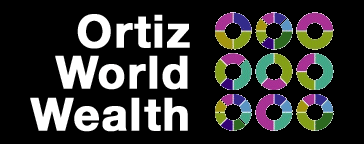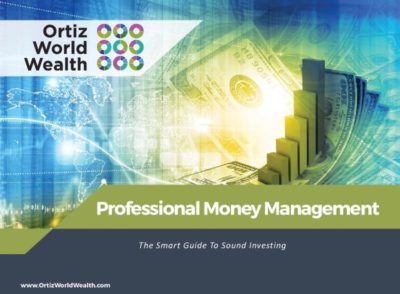
12 Apr An Inverted Yield Curve. What Does It Mean?
There has been a lot of talk about the yield curve in the past two weeks. What it says, what it means, and how it is going effect us. But what exactly is the yield curve? And why do we need to know it? Well that’s what we are here to find out.
The yield curve is a visual representation in which the yield of the fixed – interest securities, is plotted in contrast to the length of time they have until their maturity. So what makes this such a big deal? Well if yields from these long term investments fall below that of the much more short term investments, this represents a higher demand for short term credit. And when there is a higher demand for the short term bonds there is not usually good news that follows. If the long term interest rates fall below the short term, that means that there is not the highest amount of faith in the market from the serious participants. When short term interest rates (yields) were double that of the long term rates in 1980, the equity market crashed soon thereafter. An inverted yield curve has been he signifier of a shift in the business cycle, as well as a halt to the growth in the economy, for more than a few years. Investors were spooked by last quarters inversion, the first since August of 2007. This might just be an important sign considering what happened in 2008, as well as the continuing Bull-Market we are still experiencing ever since that bitterly memorable crash.
So is this inverted yield curve truly a sign of recession this time around? Well, when the news of the inversion broke in March, the Federal Open Market Committee were quick to the trigger when it came to playing down this warning of a suspected recession. This comes amongst growing concerns that a change in the direction of the market would force the central bank to cut interest rates, thus ending the currently climbing cycle that we are in. The only problem with this downplay (other than the obvious) is that an inversion similar to the one we are currently experiencing has been the signal of the last 9 recessions since 1955.
Dana Rothstein of News Max Finance states that the inverted yield curve is not the perfect indicator of a recession. This is because when the curve inverted back in 1966 the recession ended up not hitting. That is, until 1969. Long story short it is too soon to really tell if there is a recession coming or not, simply based on the inversion we have just begun to experience. But if enough businesses and households panic, we may very well be headed towards one that doesn’t have to exist.
Once again it is necessary that we remind ourselves to think tactically when it comes to the market, and our money. To react out of fear would be to contribute to the coming of a recession. To sit and wait for the market to knock on our door and hand us a complete shift would be a waste of our time, especially if that is what the future has in store for us. In times like this it is important to review where your money is and what it is doing. Now is the time to make sure that your money is still working for you and in a place where you have control in case something were to take a turn in a direction which you weren’t the most comfortable with. In times like this, failing to plan is planning to fail. Remember, Plan Smarter Live Better.




No Comments